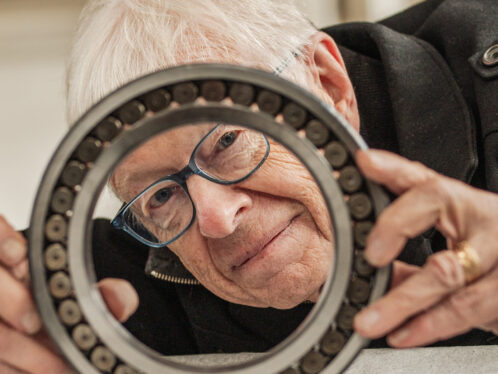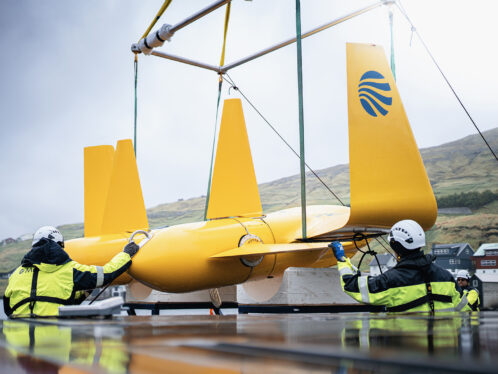
Narrow escape
Work on Amsterdam’s magnificent network of canals and bridges began in the 17th century. Today those canals and bridges are beautiful city sights that fascinate visitors from all over the world. The canals are crossed by 1,400 bridges, 80 of which are drawbridges to allow canal traffic passage. But keeping the latter in working order has sometimes been a dangerous task.
Work on Amsterdam’s magnificent network of canals and bridges began in the 17th century. Today those canals and bridges are beautiful city sights that fascinate visitors from all over the world. The canals are crossed by 1,400 bridges, 80 of which are drawbridges to allow canal traffic passage. But keeping the latter in working order has sometimes been a dangerous task.
An example of this can be found in Magere Brug, or Narrow Bridge, one of the city’s best-known bridges. When it was built in 1672 it was so narrow only pedestrians could use it, giving it its name. However, in 1840 the bridge was widened to make room for other users.
Magere Brug is a double bascule bridge made of wood. Its nine sections span the Amstel River, an established route for boats on their way to destinations in the Netherlands. The bridge is also passed each day by innumerable canal boats filled with sightseeing tourists.
The bridge is opened according to a fixed schedule, and on some days as many as 40 times, depending on how many boats and barges have to pass through. The use of counterweights in the construction means that it can easily be operated by hand. However, since 1994 Magere Brug’s operation has been controlled mechanically with help from a chain and sprocket wheel drive.
The lubrication procedure for this type of bridge has frequently been associated with risks. The job demands some precarious climbing on machinery to reach the hard-to-access plain bearings, a feat that must be accomplished while the bridge is moving. Consequently, Magere Brug has operated for long periods without lubrication.
But thanks to SKF’s modern lubrication system, “System 24,” Amsterdam’s bridge maintenance teams can breathe a sigh of relief. The system, which has been in use since 1997, makes it possible to mount containers with lubricant near the bearings. The lubricant is then automatically pumped into the bearings at a steady pace. The containers can be filled to last anywhere from a month to a year. In 1999, four more bridges in Amsterdam will be equipped with “System 24.”




